What is Plastic Made Of? Fossil Fuels.
These polluting products are two sides of the same coin, and Big Oil and Gas are the culprits.
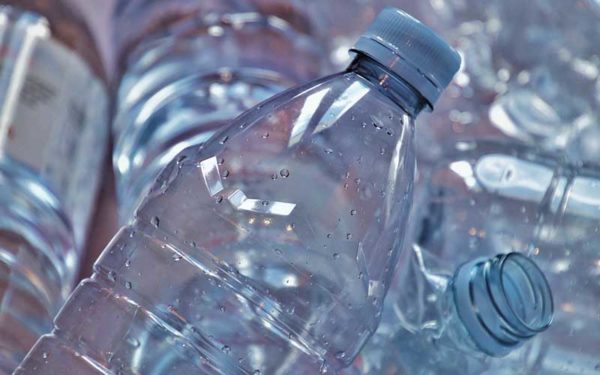
These polluting products are two sides of the same coin, and Big Oil and Gas are the culprits.

For too long, the world has treated plastic as a waste disposal problem. But plastic pollutes from the moment we extract fossil fuels from the ground. To truly tackle this crisis, we need to stop plastic production at its source. And the UN plastic treaty can do just that – on a global scale.
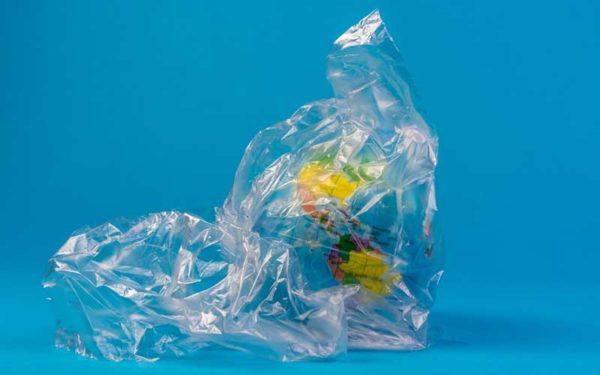
“Dumping out-of-state waste at this landfill violates the law and harms the health of nearby communities,” said Peter Blair, Zero Waste Attorney at CLF. “This landfill has been burying thousands of tons of construction and demolition debris for years through this loophole. The Senate made the right call in closing it, and the House must now do the same.”
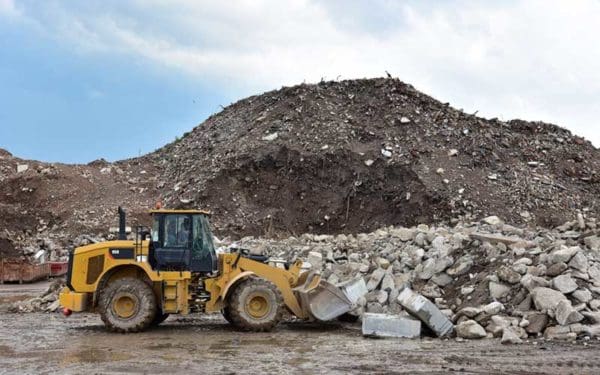
Through a loophole in Maine’s law, two companies have been colluding to import and bury out-of-state waste at the Juniper Ridge Landfill. With their scheme laid bare, both companies are spreading myths to confuse legislators and the public. We’re here to bust those myths and explain why we need to close this loophole once and for all.

A typical trip to the store means leaving with more than I came for. Why? Because everything is needlessly wrapped in layers and layers of packaging. We can and must hold companies responsible for the waste they create. And we can do that through a modern Producer Responsibility for Packaging Law.
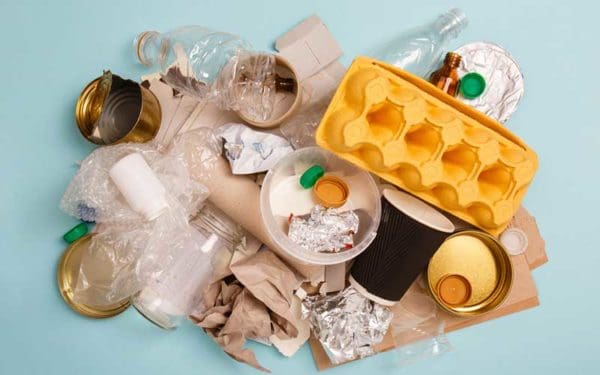
Big Beverage companies drive the global plastic pollution crisis, thanks to the single-use bottles in which they sell their beverages. They also do everything they can to maintain the status quo by sabotaging efforts to reform our recycling systems. That’s why we’re exposing Big Beverage’s playbook – because we can no longer afford to let them avoid responsibility while we drown in plastic pollution.
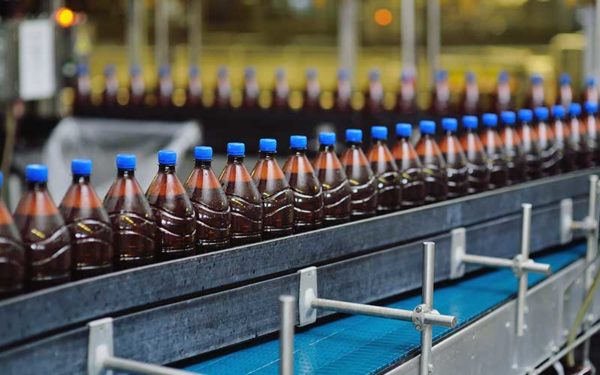
“For decades, the beverage industry has done everything in its power to keep our failed recycling systems in place and prevent new solutions,” said Kirstie Pecci, Director of CLF’s Zero Waste Project. “Most bottles and cans in the U.S. still end up buried in landfills, burned in incinerators, or littering our communities. We must hold Big Beverage accountable for the mess it’s made and invest in real solutions for bottle and can recycling.”

We’re exposing Big Beverage’s playbook – because we can no longer afford to let them avoid responsibility while we drown in plastic pollution.
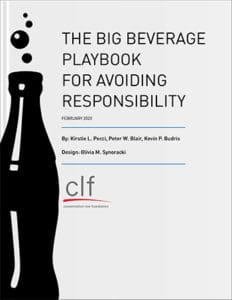
Millions of adults and children around the country and here in New England suffer from a lack of access to affordable, nutritious food. What’s more, so much perfectly edible food gets dumped in landfills every day. The good news is that we can alleviate both of these problems at the same time.
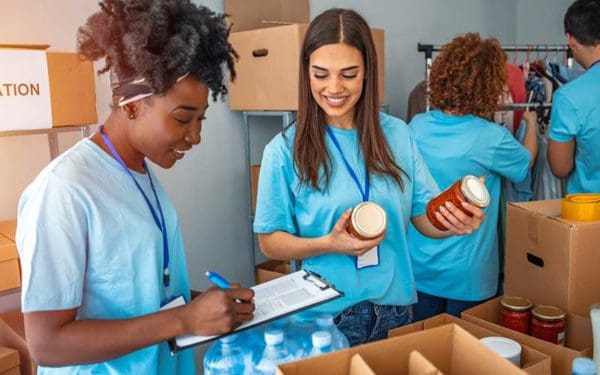
“Unfortunately, New Hampshire has been on this treadmill of constantly expanding landfill capacity. There’s now a proposal by Casella to build a brand new landfill. And it’s an approach that threatens the health of our communities and natural resources like the Ammonoosuc River,” said CLF’s Tom Irwin.